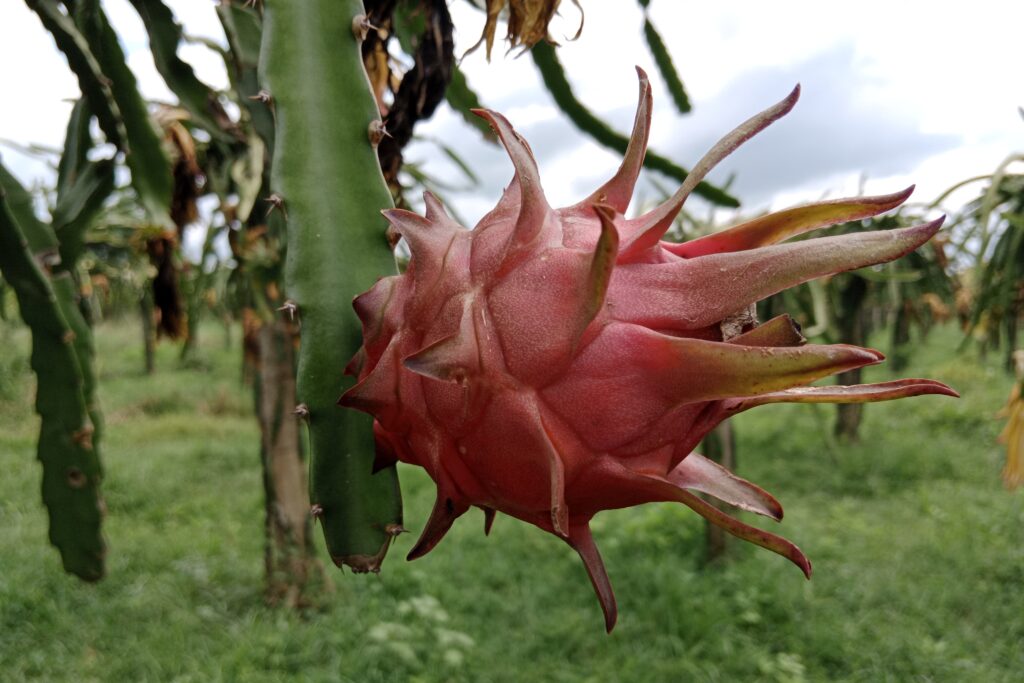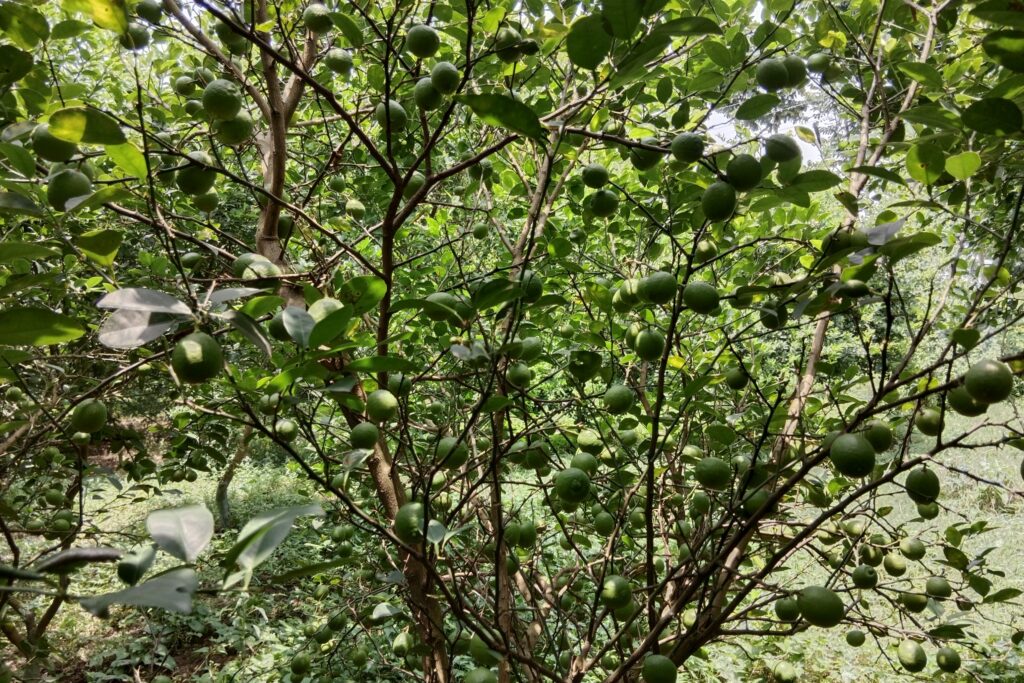When considering insects that influence ecosystems and agriculture, scale insects might not immediately stand out. However, these unassuming yet remarkable creatures, scientifically classified as Coccina or Schildläuse, punch far above their weight in terms of ecological and economic impact. Despite their small size, their unique adaptations, fascinating behaviors, and interactions with their environment have earned them the title of “tiny titans” in the plant world.
Scale insects are more than just plant parasites; they are evolutionary marvels. Their ability to extract nutrients, foster symbiotic relationships, and defend themselves through waxy or shield-like coverings highlights their specialized niche in nature. Yet, their role is double-edged. While some species contribute positively through products like carmine dye or by aiding biocontrol efforts, others are among the most challenging agricultural pests to manage.
Understanding these tiny creatures requires delving into their biology, ecological significance, and the ways they shape their surroundings. Whether admired for their ingenuity or managed as pests, scale insects are a testament to the complex interplay between organisms and their environment. Let’s explore what makes these small insects such an influential force in ecosystems and agriculture alike.
What Are Scale Insects?
Scale insects are a diverse group of small to medium-sized plant parasites, typically measuring between 1 to 5 mm in length. They belong to the order Hemiptera, a classification that includes other sap-feeding insects such as aphids and whiteflies. What sets scale insects apart is their unique biology and the remarkable adaptations that allow them to thrive in a variety of environments.
These insects are most commonly found on woody and evergreen plants, although they can infest a wide range of host species, including fruit trees, ornamental plants, and agricultural crops. Their feeding mechanism relies on piercing-sucking mouthparts, known as a proboscis, which they use to extract nutrient-rich plant sap, primarily from the phloem. This specialized feeding habit can weaken host plants, leading to stunted growth, discoloration, or even death in severe infestations.

A defining feature of scale insects is their protective adaptations, such as waxy or shield-like coverings. These structures not only protect them from environmental stressors like desiccation but also make them resistant to predators and some control measures. These adaptations contribute to their success as plant parasites and are part of why they can become significant pests in agriculture and horticulture.
From their minute size to their intricate ecological roles, scale insects are much more than simple parasites. They are fascinating creatures that showcase nature’s ingenuity, balancing their survival strategies with profound impacts on the plants they inhabit.
Unique Adaptations: How Scale Insects Survive
Scale insects possess a range of specialized adaptations that enable them to survive and thrive as plant parasites, often under challenging environmental conditions. These adaptations not only ensure their survival but also enhance their impact on host plants and ecosystems.
Feeding Mechanism: Proboscis
One of the most striking features of scale insects is their long, needle-like proboscis, a specialized piercing-sucking mouthpart. This structure allows them to feed directly on plant sap, primarily from the phloem, which is rich in sugars and other nutrients. While this feeding mechanism provides scale insects with a steady supply of energy, it can significantly harm the host plant. The constant sap extraction weakens the plant, potentially leading to stunted growth, structural deformities, or in severe cases, plant death. This adaptation highlights the delicate balance between parasitism and survival, where scale insects derive their sustenance at the expense of their host.
Honeydew Production and Ant Symbiosis
As phloem feeders, scale insects excrete a sugary waste product known as honeydew, a sticky and nutrient-rich substance. Honeydew plays a crucial role in fostering a mutualistic relationship with ants. Ants are attracted to honeydew as a food source and, in return, act as protectors for the scale insects. They guard the insects against predators like parasitic wasps or predatory beetles, ensuring the survival of the scale insect population. This symbiotic relationship benefits both parties: ants gain a reliable food source, and scale insects receive enhanced protection. This adaptation underscores the intricate ecological interactions scale insects have developed to enhance their survival.
Protective Shields
Female scale insects are equipped with waxy or resinous shields that cover and protect their bodies. These shields are species-specific, varying in composition and structure, ranging from soft wax coatings to hard, armor-like coverings. This adaptation provides several advantages, including protection against predators like birds and insects, as well as resilience to environmental stressors, such as desiccation or extreme temperatures. In addition, the shield helps females protect their eggs, ensuring the next generation’s survival. The diversity in shield composition and effectiveness highlights the evolutionary adaptability of scale insects to different environments and threats.
Also Read About: Psyllid Insects- life cycle, adaptations, and Control strategies
Extreme Sexual Dimorphism in Scale Insects: A Contrast Between Males and Females
Scale insects exhibit extreme sexual dimorphism, meaning males and females have vastly different appearances, behaviors, and life functions. This contrast is one of the most striking among insects, with males being short-lived and mobile, while females are long-lived and largely immobile.
Males: The Short-Lived Flyers
- Wings and Mobility
Male scale insects possess a single pair of functional wings, which they use to fly in search of mates. However, their hind wings are often highly reduced or entirely absent, making their flight capability somewhat limited.
- No Feeding in Adulthood
Unlike their female counterparts, adult males do not feed. Their mouthparts are either non-functional or completely absent. This means they rely solely on the energy reserves accumulated during their nymphal stages.
- Reproductive Role and Short Lifespan
The primary purpose of male scale insects is to locate and fertilize females. Since they do not feed, their lifespan as adults is extremely short ranging from just a few hours to a few days. Once their reproductive role is fulfilled, they die soon after.
Females: The Sessile Protectors
- Wingless and Immobile
Unlike males, females do not have wings and often lack functional legs and antennae. They remain permanently fixed to a feeding site, typically on plant stems, leaves, or roots, where they spend their entire adult life.
- Sac-Like or Shield-Shaped Body
Female scale insects have soft, sac-like bodies or develop a hard, protective shield that helps defend them from predators and environmental threats. Their body structure lacks clear segmentation, giving them a simple, dome-like appearance.
- Feeding and Longevity
Unlike males, females continue to feed throughout their lives by using their specialized piercing-sucking mouthparts to extract plant sap. This prolonged feeding provides the energy needed for reproduction. Females typically live much longer than males, often surviving for weeks or even months.
- Reproduction and Egg Protection
After mating, females lay large numbers of eggs beneath their bodies or protective covers. Their sessile nature allows them to focus entirely on reproduction and protecting their offspring until they hatch into the mobile crawler stage.
Lifecycle and Reproduction of Scale Insects
Scale insects undergo a unique and highly specialized life cycle that includes both mobile and sessile stages. Their reproductive strategies vary among species, but most follow an oviparous mode of reproduction, ensuring the protection and survival of their offspring.

Crawlers: The Mobile Stage
- First Instar Mobility
The crawler stage is the first instar of scale insects and represents the only active and mobile phase in their lifecycle. After hatching from eggs, these tiny, newly emerged nymphs move around in search of a suitable location on the host plant to settle and begin feeding.
- Dispersal and Settlement
Crawlers spread by walking or being carried by wind, water, or animals to new feeding sites. Some species are also inadvertently transported by humans on infested plants. Once they find a favorable location, typically on plant leaves, stems, or roots, they insert their specialized mouthparts (stylets) into the plant tissue and begin feeding.
- Transition to Sessile Stage
Once a crawler settles and starts feeding, it undergoes molting and loses its mobility, becoming a sedentary nymph. As the insect matures, it develops a protective covering (wax, scale, or a hardened shield), which provides defense against predators, environmental conditions, and chemical treatments.
Oviparous Reproduction: Egg Laying for Survival
- Egg-Laying Strategy
Most scale insects are oviparous, meaning they reproduce by laying eggs. These eggs are typically deposited beneath the female’s protective shield or within silken ovisacs. The number of eggs varies by species, with some females laying just a few dozen while others produce hundreds.
- Protection of Eggs
The shield or ovisac serves as a protective barrier, shielding the eggs from predators, parasitoids, and harsh environmental conditions. This adaptation significantly increases the chances of survival for the next generation.
- Hatching and Crawler Emergence
After an incubation period, the eggs hatch into crawlers, beginning a new cycle. These crawlers then disperse to establish new colonies, continuing the lifecycle of the scale insect population.
Ecological and Economic Impact
Agricultural Pests
Scale insects are major pests in agriculture and horticulture. Their feeding weakens plants, leading to reduced vigor, leaf yellowing, and stunted growth. Additionally, their honeydew promotes the growth of sooty mold, which further hinders plant photosynthesis.
Global Significance
Scale insects are found worldwide and are particularly damaging to fruit trees and ornamental plants. Their rapid reproduction and protective adaptations make them difficult to control, posing significant challenges for farmers and gardeners.
Beneficial Uses
While many scale insects are harmful, some species have economic value. For example:
- Carmine Production: Dactylopius coccus is harvested for carmine, a natural red dye used in cosmetics, food, and textiles.
- Biological Control: Certain species, like Dactylopius opuntiae, are used to manage invasive plants like prickly pear cacti.
- Shellac Production: Some scale insects produce shellac, a resin used in varnishes and polishes.
Key Families of Scale Insects
Coccidae (Soft Scales)
- Characteristics: Females are covered with a smooth or wax-coated scale, often resembling a tortoise shell. They have limited mobility and lay eggs beneath their bodies.
- Ecological Role: Soft scales are known for their waxy secretions and honeydew production, which support ant symbiosis.
Diaspididae (Armored Scales)
- Characteristics: Females are protected by a hard, scale-like covering made of wax, feces, and cast nymphal skins. They are entirely sessile and lack eyes and legs.
- Damage: Armored scales inject toxic saliva into plants, causing discoloration, deformities, and even plant death.
Control Methods for Scale Insects
Managing scale insect infestations requires a combination of strategies tailored to the severity of the problem, environmental conditions, and the specific plant species affected. Effective control involves chemical treatments, biological interventions, and integrated pest management (IPM) techniques.
Chemical Control
Chemical control is one of the most direct methods for managing scale insect populations, particularly in severe infestations. However, due to the protective waxy coverings of many scale insects, traditional insecticides are often ineffective. Instead, horticultural oils and insecticidal soaps are commonly used.
- Horticultural Oils
- These oils work by suffocating scale insects, coating their bodies and preventing gas exchange.
- They are particularly effective against crawler stages, which lack the protective wax covering of later instars.
- Dormant oil applications in winter help control overwintering scales on fruit trees and ornamental plants.
- Insecticidal Soaps
- These soaps break down the outer protective layer of scale insects, leading to dehydration and death.
- Best applied when scales are in their crawler stage, as mature, sessile scales are more resistant.
- Systemic Insecticides
- Some chemical treatments, such as neonicotinoids (e.g., imidacloprid), are absorbed by plants and distributed through their tissues.
- When scale insects feed on treated plants, they ingest the toxin, leading to their demise.
- Used cautiously, these insecticides can harm beneficial insects like bees and parasitoids.
Chemical Control Limitations
- Overuse can lead to pesticide resistance in scale populations.
- May negatively impact pollinators and natural enemies of scale insects.
- Not always effective against mature, shielded scales.
Biological Control
Biological control utilizes natural predators and parasitoids to regulate scale insect populations, providing a sustainable, environmentally friendly solution.
- Predatory Insects
- Cryptolaemus montrouzieri (Mealybug destroyer): A coccinellid beetle those preys on soft scales and mealybugs.
- Chilocorus spp. (Twice-stabbed lady beetle): Effective against armored scale insects.
- Lacewing larvae (Chrysoperla spp.) also feed on soft-bodied scale nymphs.
- Parasitoid Wasps
- Encarsia spp. and Aphytis spp. are tiny wasps that lay their eggs inside scale nymphs, ultimately killing them.
- Widely used in greenhouse and orchard pest management programs.
- Their effectiveness is higher in stable environments where pesticide use is minimized.
Benefits of Biological Control
- Provides long-term suppression of scale populations.
- Reduces the need for chemical treatments, promoting ecological balance.
- Works best when diverse plant ecosystems support predator populations.
Integrated Pest Management (IPM)
Integrated Pest Management (IPM) is a holistic approach that combines multiple control strategies to achieve long-term suppression of scale insects while minimizing environmental impact.
- Monitoring and Early Detection:
- Regular plant inspections for crawler activity.
- Sticky traps or double-sided tape around branches to capture moving crawlers.
- Timely intervention prevents large infestations.
- Cultural Practices:
- Pruning heavily infested branches to remove scale colonies.
- Encouraging natural enemies by avoiding broad-spectrum insecticides.
- Maintaining plant health through proper fertilization and watering to enhance resistance to scale damage.
- Targeted Chemical Applications
- Using horticultural oils and insecticidal soaps when crawlers are active.
- Limiting the use of systemic insecticides to severe infestations only.
- Biological Augmentation
- Releasing predatory beetles or parasitoid wasps to strengthen natural control.
Advantages of IPM
- Reduces pesticide dependence, lowering costs and environmental risks.
- Prevents pesticide resistance by using multiple control strategies.
- Encourages biodiversity, making ecosystems more resilient to pests.
Conclusion: A Double-Edged Sword
Scale insects are a diverse and fascinating group with significant ecological and economic impacts. While they can be destructive pests, some species provide valuable products and services. Understanding their biology, behavior, and control methods is essential for managing their impact on agriculture and horticulture.
Whether you see them as pests or providers, one thing is clear: scale insects are tiny titans that play a big role in the natural world.


